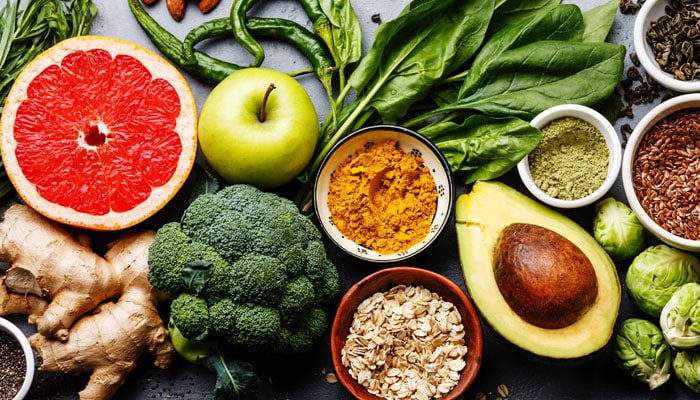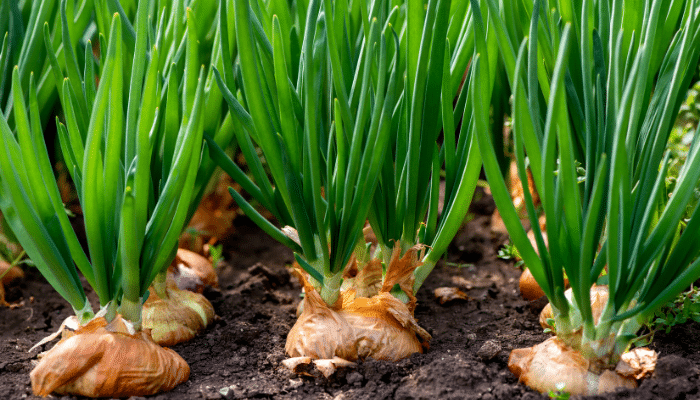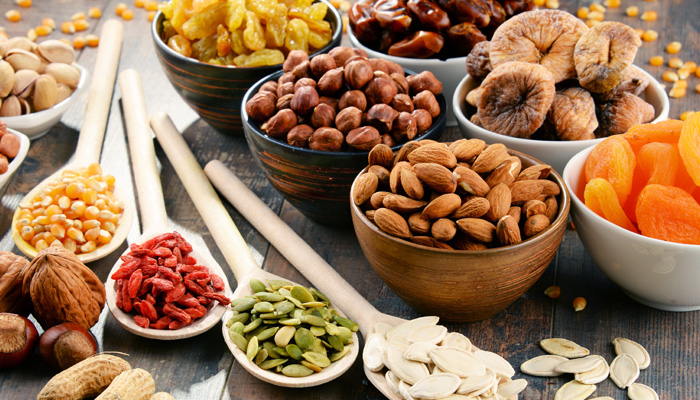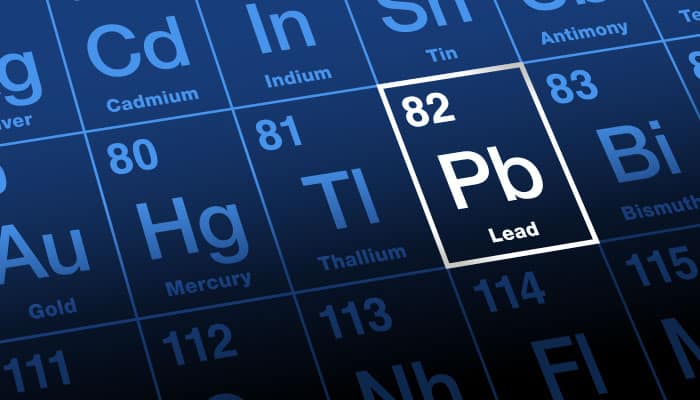
Article réservé aux abonnés


Implementing Regulation (EU) 2024/989 concerning a coordinated multiannual Union control programme for 2025, 2026 and 2027 to ensure compliance with maximum levels of pesticide residues in and on foodstuffs of plant and animal origin and to assess consumer exposure to such residues has just been published.
This regulation will come into force on January 1er 2025.
Thirty to forty foodstuffs make up the main components of the EU diet. Given that pesticide use evolves considerably over a three-year period, pesticides need to be monitored in these foodstuffs over a series of three-year cycles to assess consumer exposure and the application of EU legislation.
The inspection will cover 32 different foodstuffs, for a total of 683 samples to be analyzed per year.
The targeted matrices will be as follows:
Over 2025: apples, strawberries, peaches, wine (red or white), lettuces, head cabbage, tomatoes, spinach, oats, barley, cow's milk and pork fat.
Over 2026: oranges, pears, kiwis, cauliflower, onions, carrots, potatoes, beans (dried), rye grains, brown rice (husked rice), poultry fat and cattle liver.
Over 2027: table grapes, bananas, grapefruit, eggplants, broccoli, melons, mushrooms, sweet peppers/sweet peppers, wheat, virgin olive oil, bovine fat and chicken eggs.
Annex I Part C of the regulation lists the 196 molecules to be tested in foodstuffs of plant origin. Cyflumetofen has been added.
Annex I Part D of the regulation lists the 29 molecules to be tested in foodstuffs of animal origin.
In addition to the sampling program defined in point 1 of Annex II to the Regulation, each Member State will sample and analyze :
In 2025: 10 samples of baby foods for




